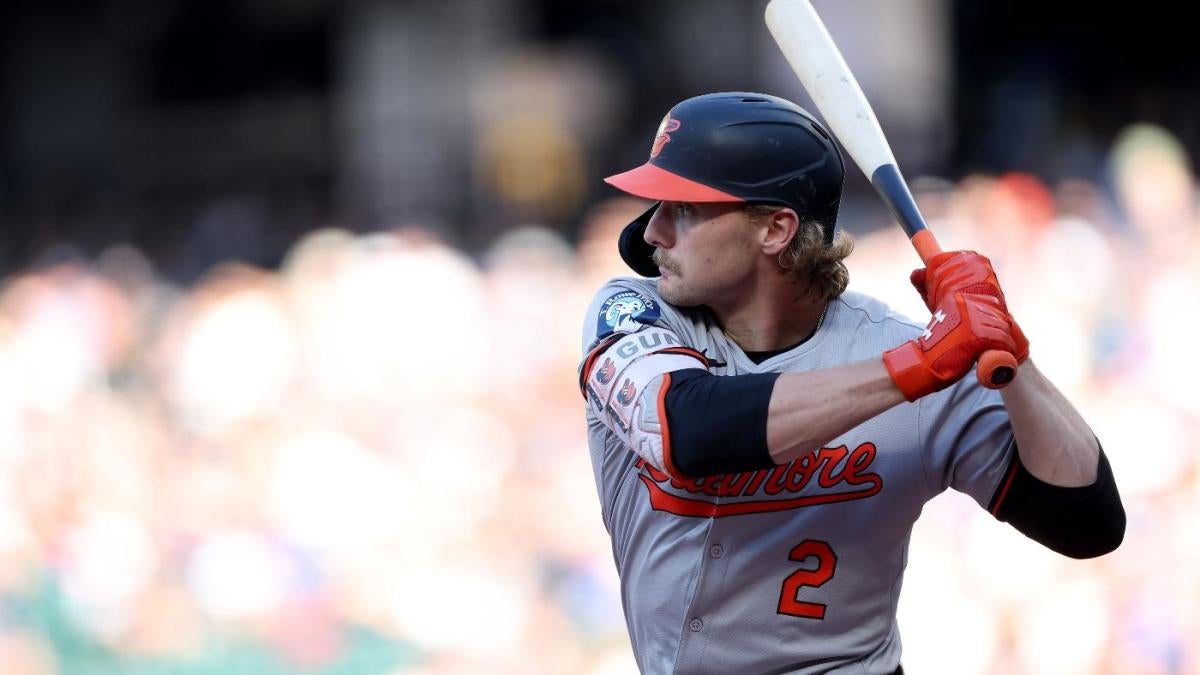Home Run Derby Format: Home Run Derby Winner

Home run derby winner – The Home Run Derby is a baseball competition in which players compete to hit the most home runs within a set time limit. The format of the derby has evolved over the years, but the basic structure remains the same.
The derby is typically held over two rounds. In the first round, each player has three minutes to hit as many home runs as possible. The top four players from the first round advance to the second round.
Second Round
In the second round, each player has two minutes to hit as many home runs as possible. The player with the most home runs at the end of the second round is declared the winner.
Home Run Derby Strategy

In the Home Run Derby, the strategy adopted by players is crucial to their success. They must balance the need to hit home runs with managing fatigue and adapting to the stadium dimensions and wind conditions.
Swinging for the Fences
The most straightforward strategy is to swing for the fences and aim for maximum distance. This approach requires power and a strong swing, but it can be risky as players may miss the ball or hit it foul.
Hitting Line Drives
Some players opt for a more controlled approach, focusing on hitting line drives. This strategy involves hitting the ball with a lower trajectory, aiming to clear the fence with a combination of power and accuracy. It is less risky than swinging for the fences but may not produce as many home runs.
Managing Fatigue
The Home Run Derby is a physically demanding event, and players need to manage their fatigue effectively. They often take breaks between rounds to rest and recover, and some may use ice baths or other recovery techniques to reduce muscle soreness.
Adapting to Stadium Dimensions and Wind Conditions, Home run derby winner
The dimensions of the stadium and the wind conditions can significantly impact a player’s strategy. Smaller stadiums with shorter fences favor hitters who can hit line drives, while larger stadiums require more power to clear the fences. Strong winds can affect the trajectory of the ball, making it more difficult to hit home runs.